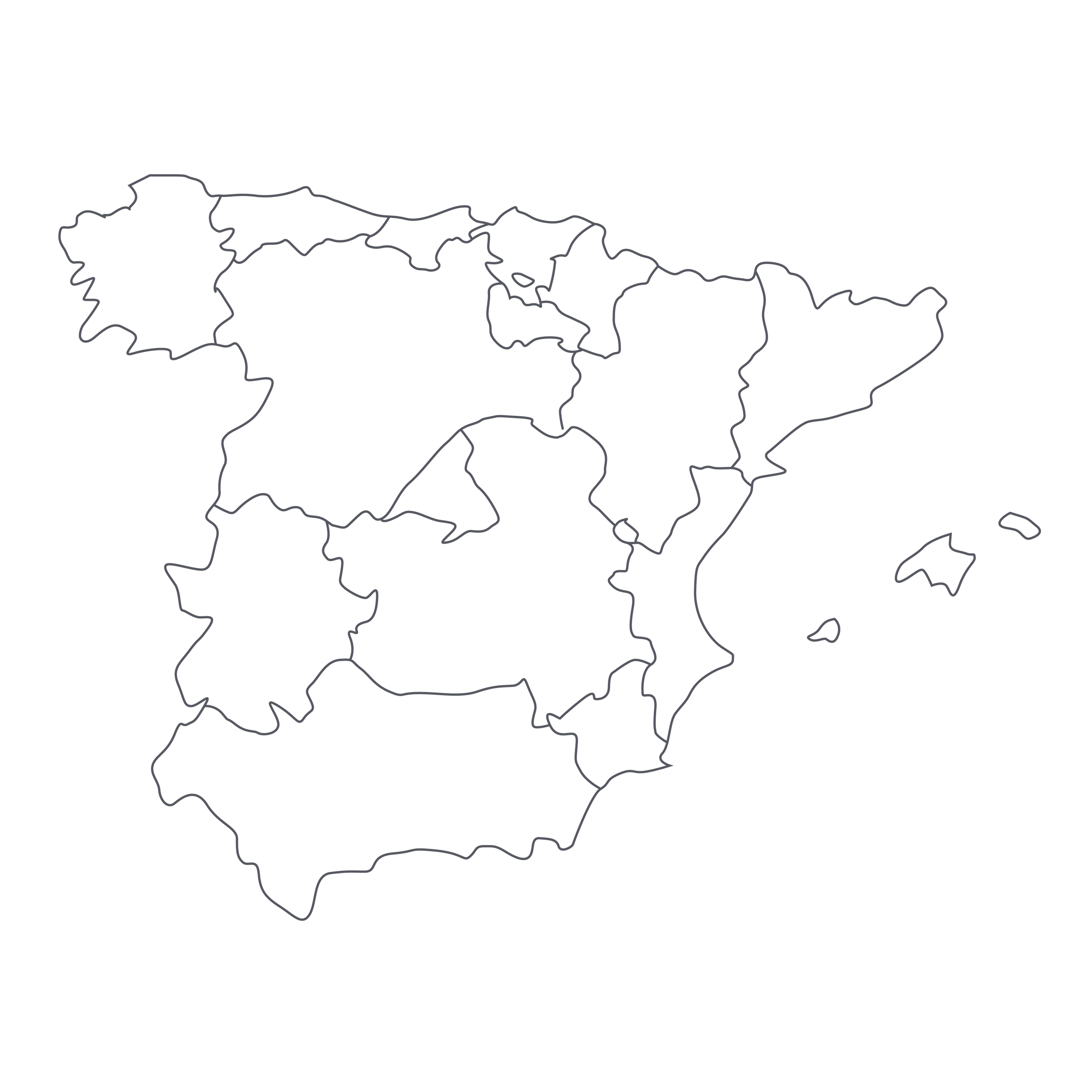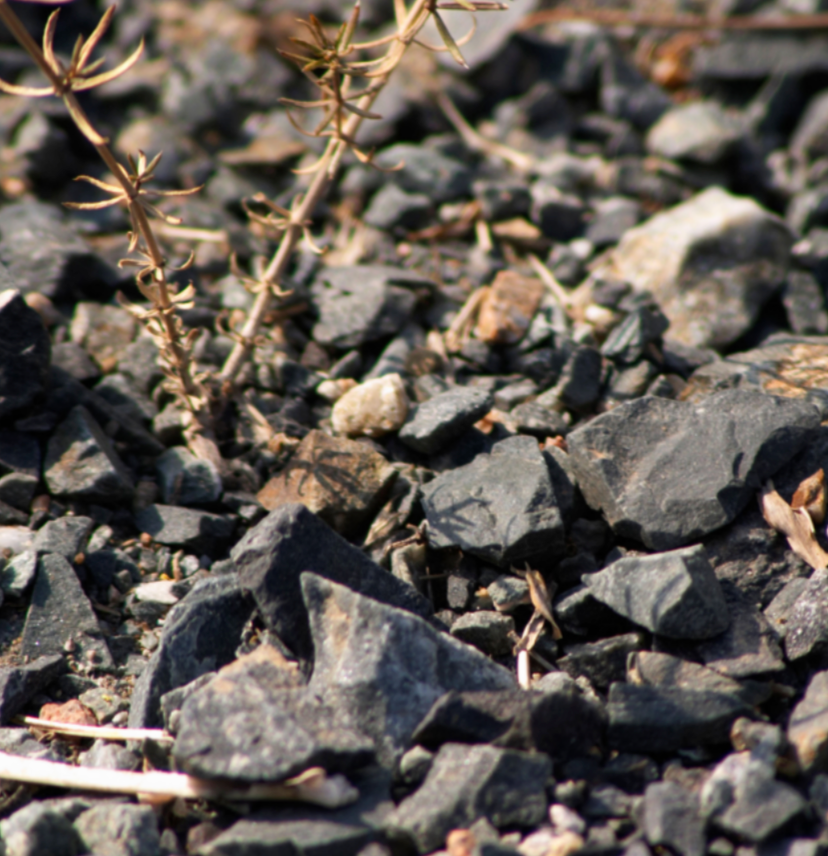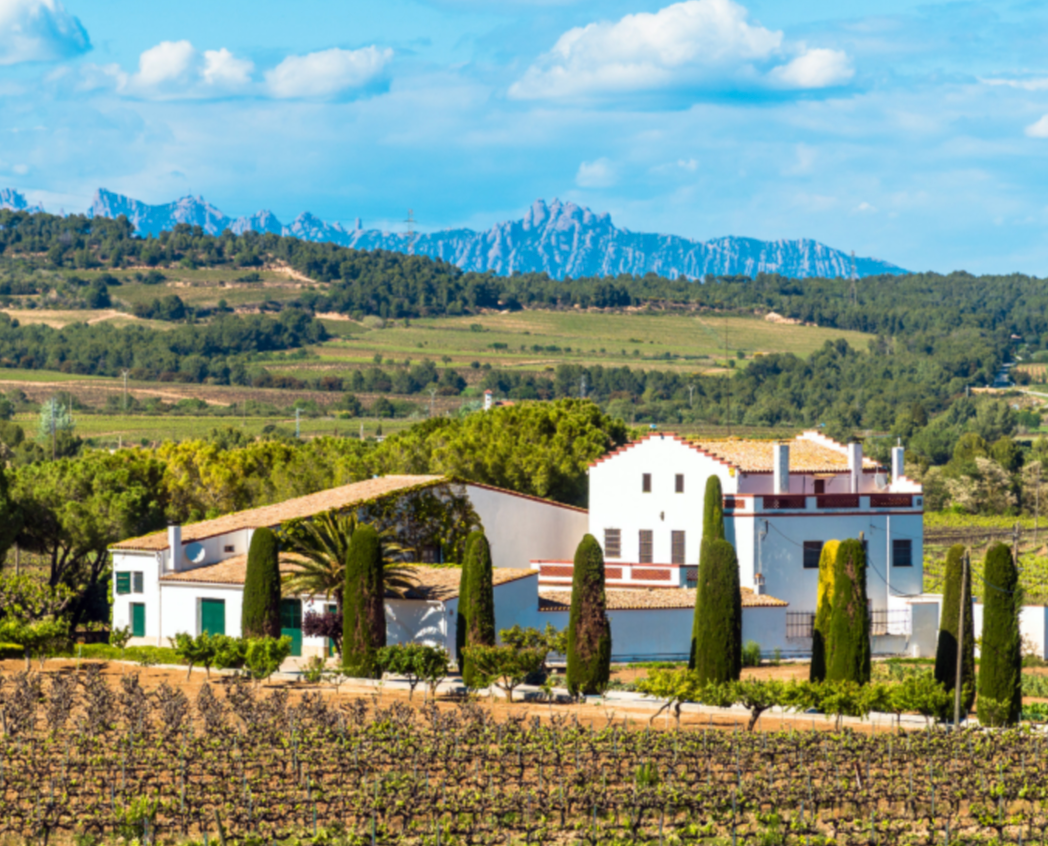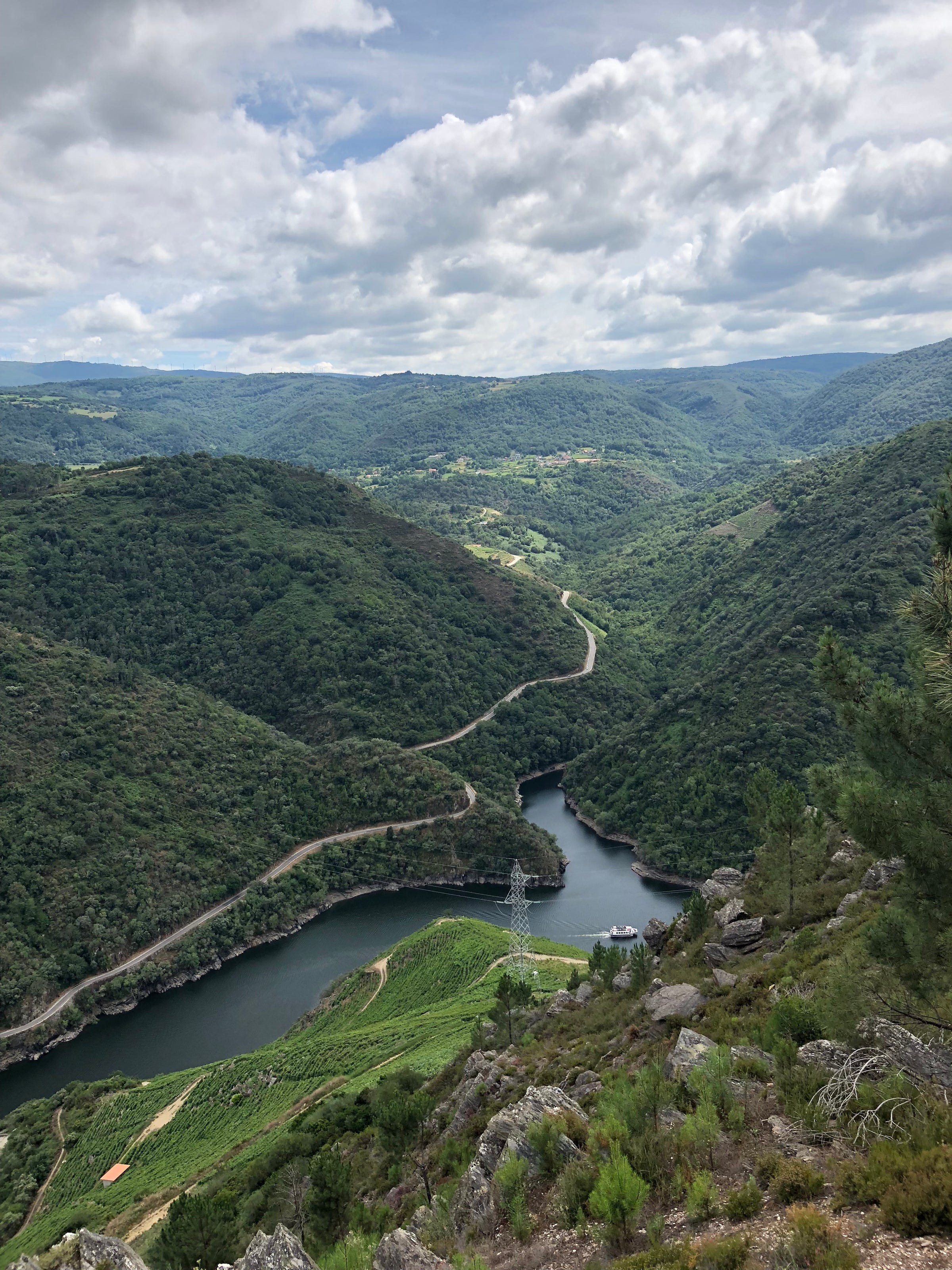A 1976 Rioja, perfectly stored in Spain for nearly 45 years, and it costs less than most current-release Classed-Growth Bordeaux? Whether you know it or not, whether you drink Rioja or not, this staggeringly limited offer is why we’re in the wine-drinking business. Rare encounters such as this keep us energized and spellbound like children seeing their first magic trick. But there is no sorcery here: This ultra-classic Rioja comes to you from the renowned Bodegas Sierra Cantabria and it’s loaded with the most breathtaking, savory, and dynamic tertiary aromatics one can ever hope to discover in a Tempranillo that’s approaching the half-century mark.
While the history, terroir, and cellar work of wine will always be integral to each offer on SommSelect, we can’t help but focus on the extreme longevity and flawless provenance of today's 1976 treasure. It aged for decades without moving or seeing the sun, resulting in an exceptionally mature Rioja full of vigor, lift, and nuance that few wines/producers can ever achieve. I’ll be fully transparent: We only have 20 cases to share and we’re allowing case purchases should you want one. That math works out to “not very many lucky owners.” Good luck, and act quick!!
The Eguren family began cultivating the vineyards in the heart of Rioja Alta in 1870, back when phylloxera was decimating the vast majority of European vines, especially those in Bordeaux. Rioja, however, staved off infection until American rootstocks were predominately planted across France in the 1890s. This small window proved to be a Golden Age for the region because (1) the Bordelais flocked here to produce wine and (2) red Rioja was widely traded, becoming one of the most sought-after and respected “brands” in the world. During this time, the Eguren family was still operating in a grower-only capacity—it wasn’t until 1957 when the family built its own winery in the historic town of San Vicente de la Sonsierra. Just 19 years later, today’s 1976 Rioja Crianza was born. It’s evident that even early in the family’s winemaking journey, classic reds with marked terroir and varietal character were being produced.
Today, fourth-generation brothers Marcos and Miguel Eguren are now custodians of Sierra Cantabria’s vineyards and cellar, still honoring the family’s long-lived passion for viticulture and craftsmanship. The estate-owned vines are rooted in high-altitude calcareous clay soils in the coveted subzone of La Rioja Alta and all harvesting is done by hand, with all clusters being judiciously sorted call back at the winery. As for this 1976 Crianza, the Tempranillo grapes were 100% de-stemmed and fermented with only indigenous yeasts before roughly 18 months of aging in a mixture of mostly used French and American barrels. Upon bottling in the Spring of 1978, this wine was sent to slumber in a dark, cold cellar for nearly 43 years. This tiny parcel, just 20 cases, arrived at our warehouse just weeks ago.
[NOTE: We highly recommend opening this wine with an ah-so.]
Although we tasted one bottle before purchasing the lot in Spain, we of course had to taste another when it arrived stateside—I’ll use any excuse to drink a 1976 Rioja twice! Incredibly, both of our bottles were in pristine form and still pulsing with life, showcasing dried plum, desiccated rose, vintage leather, turned earth, sour cherry, sandalwood, dried sage, weathered cedar, and hints of exotic spice. The tannins on the palate have been sanded down to the finest grain and yet they still provide enough texture to enhance the savory, tertiary notes at play. I recommend pulling out Burgundy stems for this and only decanting if your bottle is throwing heavy amounts of sediment. Otherwise, gently extract the cork (again, an ah-so is the preferred tool), pour carefully into your glass, and give it a few minutes to open up without swirling to preserve those delicate aromatics. This is an extremely rare value and mature treat. Don’t be the one that misses out on it! Cheers.





